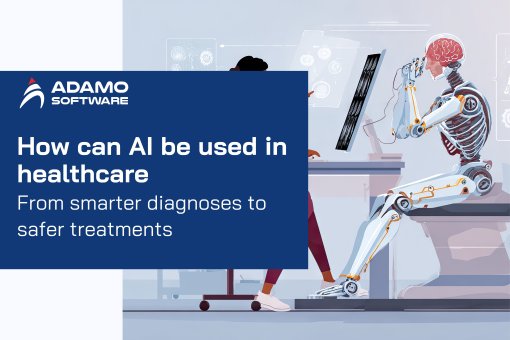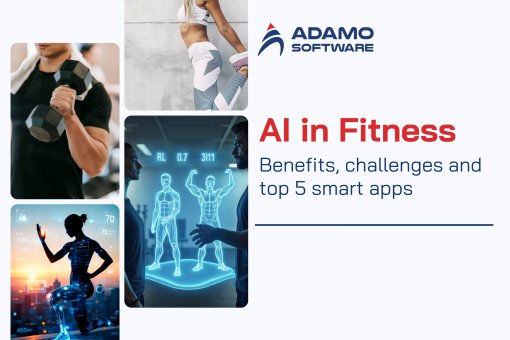AI-powered Personal Trainer: How smart fitness is changing workouts
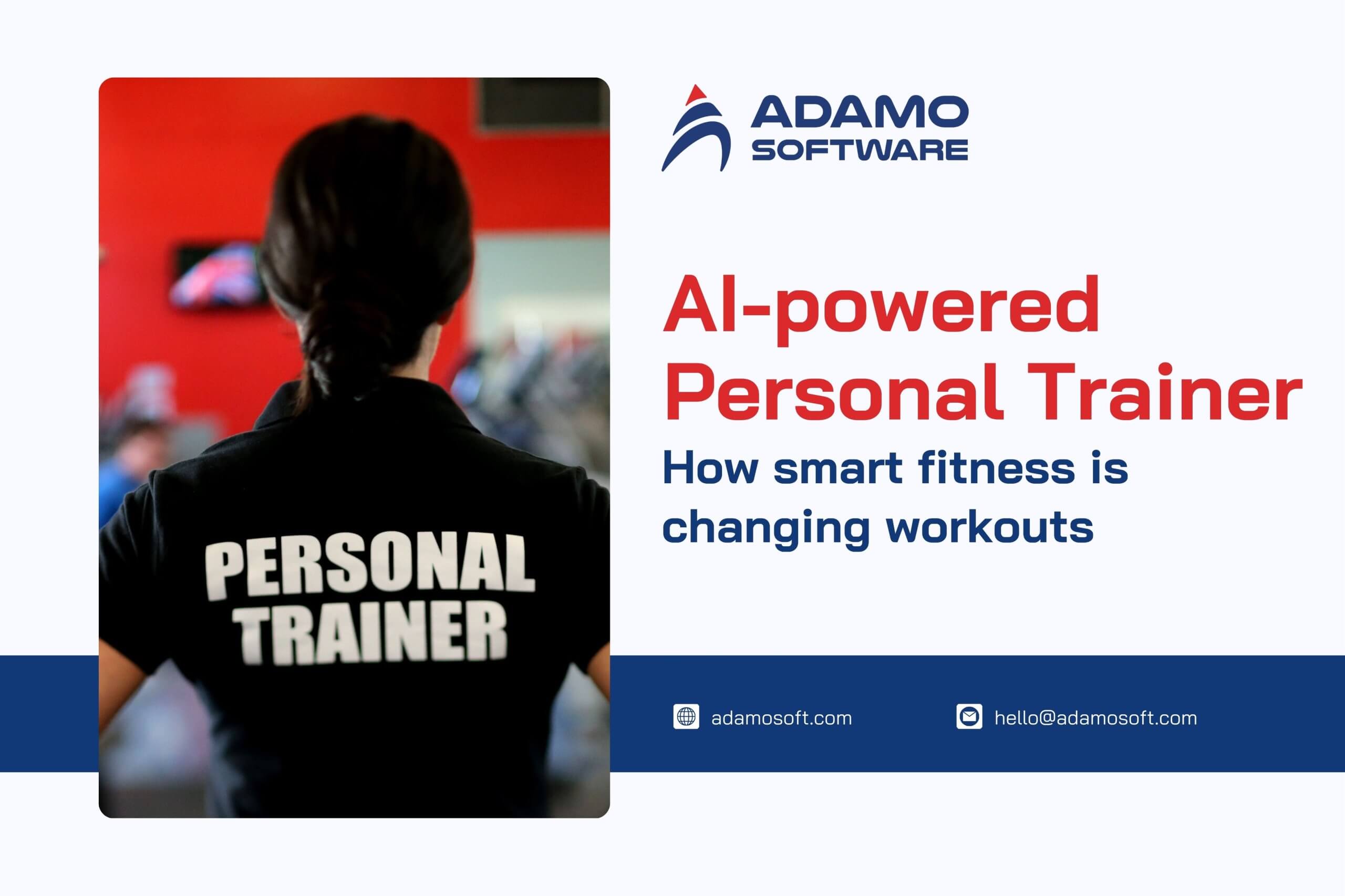
AI-powered personal trainers help fitness businesses scale with personalized workouts, real-time insights, and stronger user engagement.
In recent years, AI technology has penetrated work and entertainment and has gradually become a powerful “assistant” in health care and exercise. Today’s users no longer want to follow general training plans but expect a personalized experience that suits their lifestyle, physical condition, and goals. On the business side, fitness brands must also seek technological solutions to retain customers and expand their service scale.
Instead of another generic workout app, AI powered personal trainer acts more like a competent partner. They can learn, adjust, and give fitness businesses a way to connect with people on a deeper level—while also cutting down the messy parts of daily operations.
In this article, we’ll cover:
- What an AI-powered personal trainer is, and the basics of how it works
- How AI is shaping fitness in 2026—from personalization to efficiency gains
- What’s next for the industry, and the trends worth paying attention to
- Answers to common questions about using AI in fitness
I. What is an AI-Powered Personal Trainer?
At its core, an AI powered personal trainer is software that learns. It looks at a person’s data — workouts, progress, even recovery patterns — and then suggests a plan that actually fits. The plan isn’t static; it shifts, giving real-time feedback when performance drops or when effort increases.
Many AI fitness apps now integrate with smartwatches or fitness bands, pulling in heart rate, sleep, and movement data. That constant stream of insight doesn’t just create a better training experience. It opens space for companies to build scalable virtual personal trainer solutions — the kind of smart fitness coaching that keeps users engaged and loyal over time.
II. How AI-Powered Personal Trainer is changing workouts in 2026
The fitness industry in 2026 is entering a new phase. Generic platforms are no longer meeting expectations, so companies are rethinking how to create value for users while maintaining lean operations. What’s different today is personalization, scalability, and the ability to turn data into action.
Here are five areas where AI powered personal trainer are driving the most impact:
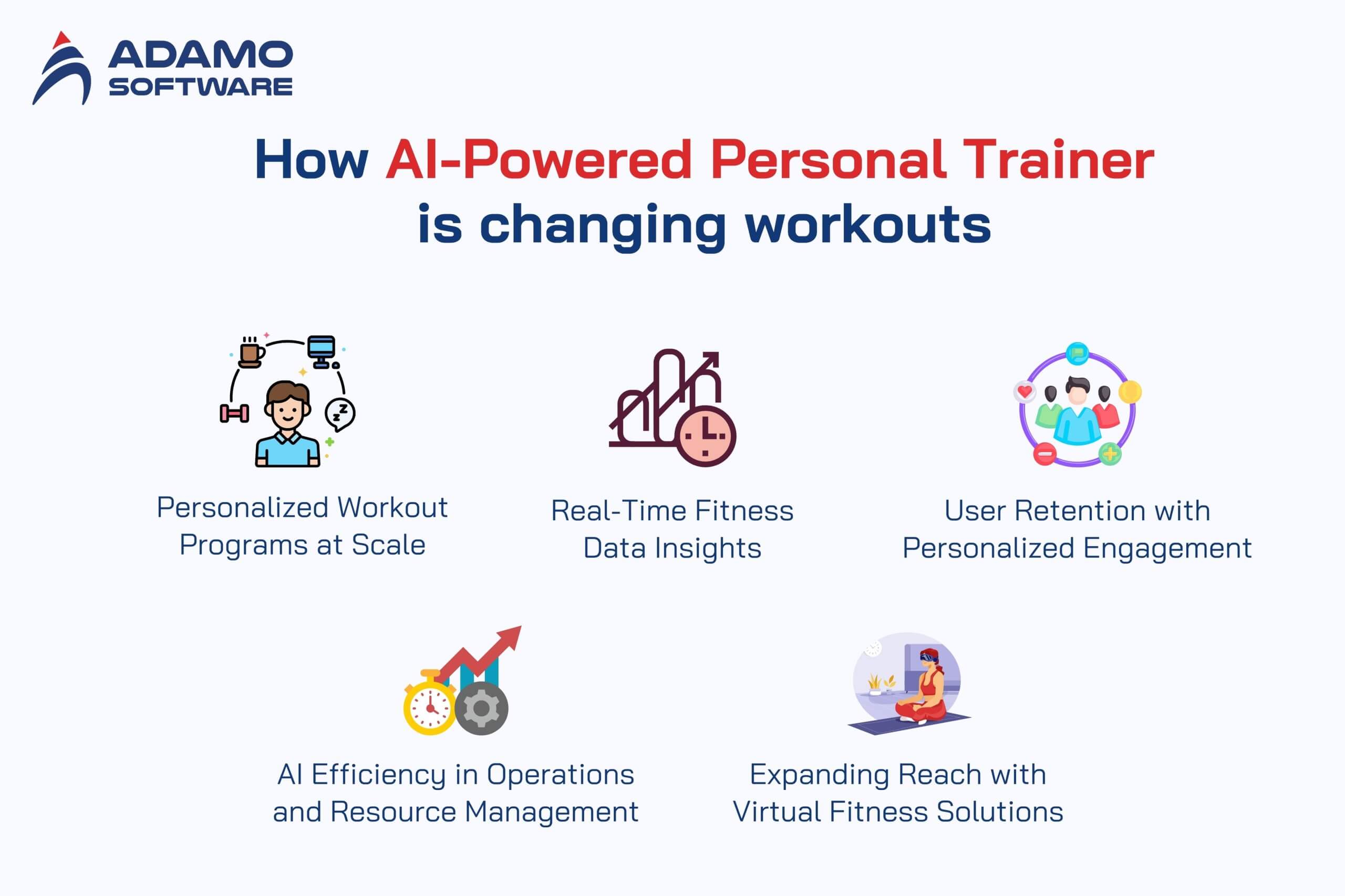
- Personalized Workout Programs at Scale: AI builds workout plans that adapt to each user’s goals.
- Real-Time Fitness Data Insights: Turn health data into instant, actionable insights.
- User Retention with Personalized Engagement: Keep users motivated through tailored experiences.
- AI Efficiency in Operations and Resource Management: Automate routine tasks and optimize resources.
- Expanding Reach with Virtual Fitness Solutions: Deliver interactive training beyond the gym.
1. Personalized Workout Programs at Scale
AI powered personal trainer allows businesses to design training plans specifically for each person, instead of providing a one-size-fits-all template. The good thing is that this plan can change continuously based on the user’s progress and feedback. The more they practice, the more the system “knows” how to adjust to make it more suitable.
For example, Freeletics has applied this method quite successfully. Instead of letting users fumble around, AI automatically suggests changes to the training plan after each workout. This is a way for businesses to retain users long-term without increasing support staff.
2. Real-Time Fitness Data Insights
AI helps businesses process health data at the time of collection, instead of waiting for a report later. Information about heart rate, sleep, or number of steps is converted into insights for quick action. In simple terms, raw data acts as a compass guiding business decision.
Fitbit is an excellent example of an AI-powered personal trainer. They not only show users metrics but also provide actionable recommendations and early warnings of health risks. For businesses, this approach means understanding customers better and keeping them engaged longer.
3. User Retention with Personalized Engagement
AI helps increase retention rates by personalizing every touchpoint in the user journey. It can be suggesting the right class, creating competitive challenges, or even having a virtual trainer advise on the workout.
Peloton is a clear example. They use AI to personalize content, creating highly engaging workout experiences. Reports show AI-driven programs boost user engagement by 35% and cut churn by 15%, giving the brand a strong edge in building a loyal community.
4. AI Efficiency in Operations and Resource Management
AI powered personal trainer helps businesses automate many operational tasks, such as scheduling workouts, predicting peak hours, or handling basic customer care requests. To put it bluntly, machines can now handle tasks that used to take a lot of effort.
In gyms, Fitbit is an excellent example of an AI-powered personal trainer who also helps allocate trainers according to actual needs, avoiding excess or shortage of people. This approach cuts expenses while enhancing customer satisfaction.
5. Virtual Fitness Solutions to Scale Reach
AI opens up opportunities for businesses to deploy highly interactive online training services. Thanks to real-time feedback, users stay at home but still feel like they are working out with a real trainer.
Platforms like Tempo or Mirror have demonstrated this potential: customers are more satisfied, and businesses expand their market without depending on gym space. This is the direction many brands choose to anticipate the need for home training after COVID-19.
Also read: AI in Fitness: Benefits, Challenges, and Top 5 Smart Apps
Ready to Outsource?
Get top-tier IT talent without the hassle. Contact us now!
III. What’s next for AI in Personal Training
AI powered personal trainer is just getting started. The coming years will be a period of explosion, where technology will enable deeper personalization and open up many ways to connect users and brands. However, along with the opportunities, businesses must also prepare for challenges around privacy and ethics and maintain the human element in the workout experience.
Three key directions that could shape the future of AI powered personal trainer include:
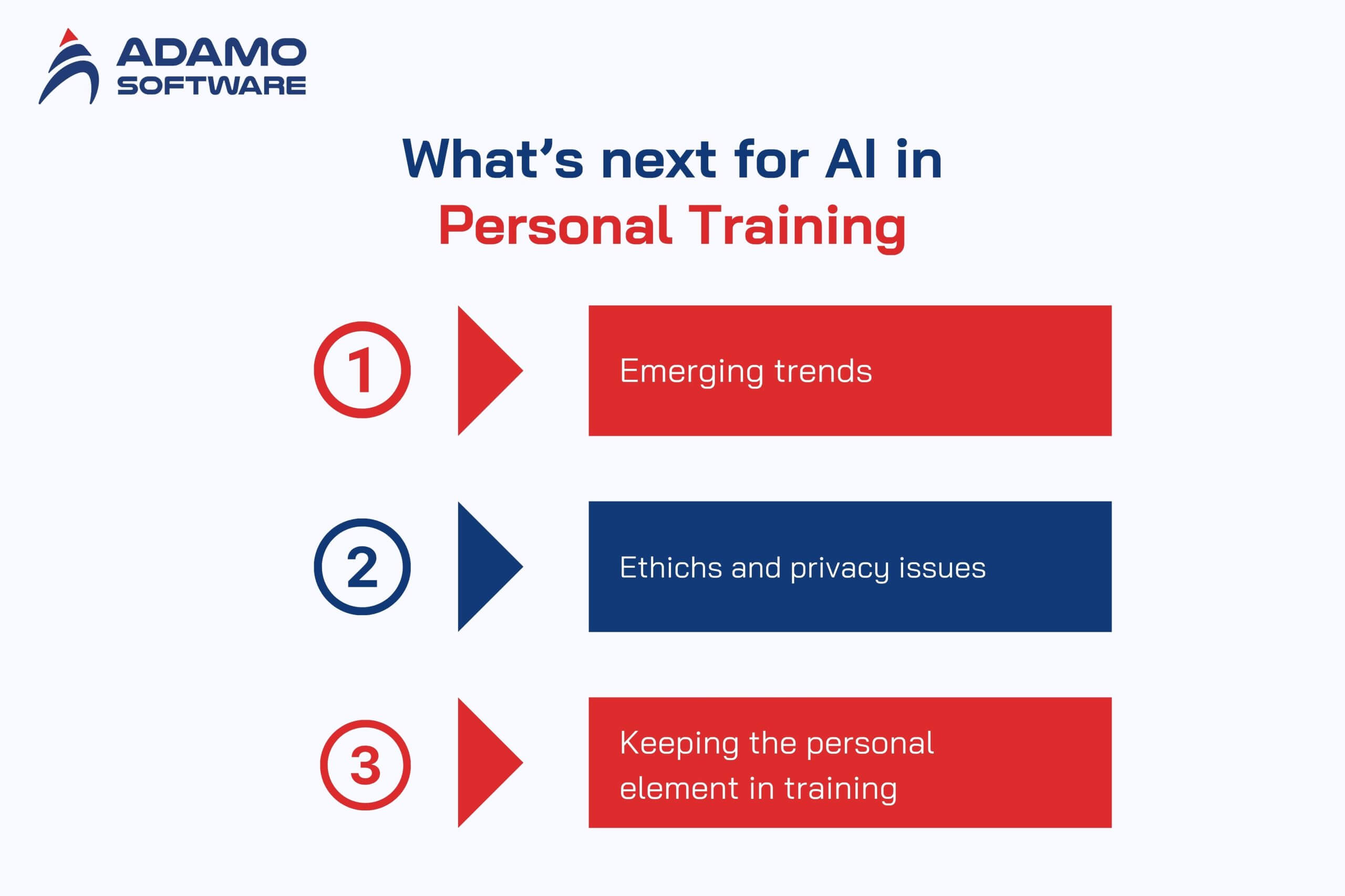
- Emerging trends: Smarter training, more detailed biometric data tracking.
- Ethics and privacy issues: Ensuring security and clear, responsible use of user information.
- Keeping the “personal” element in training: Technology supports but does not replace humans.
1. Emerging trends
The future of AI powered personal trainers will not stop at personalized training. Businesses can leverage technologies like facial recognition to analyze emotions, measure fatigue levels, or a “readiness score” system to adjust workouts daily. This will be a step toward creating an “unprecedented” personalized workout experience, helping fitness brands gain a clear competitive advantage.
2. Ethics and privacy issues
As health data grows, trust is the biggest issue with an AI powered personal trainer. Users must feel their personal information is protected and only used for a clear purpose. For businesses, this is not only a matter of security, but also a matter of responsibility in applying AI – balancing the effectiveness of technology with the empathy and care that humans bring.
3. Keeping the “personal” element in training
AI can remind schedules, track progress, or adjust training plans, but the real engagement still comes from the trainer or expert. Businesses that want to go far with an AI powered personal trainer must find a balance: let AI take care of the automation and data, while humans provide encouragement, companionship, and inspiration for the exerciser. This could be the key element for long-term customer loyalty.
IV. Ready to build a Smarter Personal Training App?
Building a smart personal training app is not just about programming but also requires understanding fitness and AI technology. With over 150 international projects, Adamo Software has proven its ability to turn ideas into products that bring real value.

We have developed AI-integrated solutions for personalized workouts, seamless connectivity with wearable devices, and data security in the health and fitness sector. These applications enhance the user experience and help businesses optimize operations, expand their market, and increase customer retention.
If the goal is to create a platform that can learn, adapt, and bring long-term value, Adamo is ready to accompany you. This is the time to start building a different fitness app.
FAQs
1. Does an AI personal trainer help maintain exercise habits?
Yes. Users often give up when exercising alone, but it is different with an AI-powered personal trainer. This application adjusts the exercise according to progress and reminds at the right time, so the rate of sticking to the schedule increases significantly (many studies record an improvement of more than 70%).
2. How does an AI chatbot support weight loss?
Chatbots” talk” and make food suggestions, remind about regular eating schedules, and track weight loss progress. Thanks to such a 24/7 “companion” like that, many lose an average of a few pounds in just a short period.
3. How are personal trainers applying AI?
AI does not replace trainers but helps them work more effectively. Instead of spending time on manual analysis, about 3/4 of trainers now use AI to build training plans faster, serving more customers while maintaining the same quality.
4. Does AI improve diet?
Many users have responded that they eat more scientifically thanks to AI powered personal trainer. The app often suggests personalized menus, tracks daily calorie intake, and warns if the diet is not balanced. The rate of improvement in eating habits is recorded at nearly 70%.
5. How is AI changing the online fitness market?
Online fitness has been growing strongly, but the experience is now more personalized and engaging thanks to AI powered personal trainer. Virtual classes can give real-time feedback, helping people exercise at home and feel like they are in the gym. This factor is contributing to the rapid growth of the online fitness sector globally.







